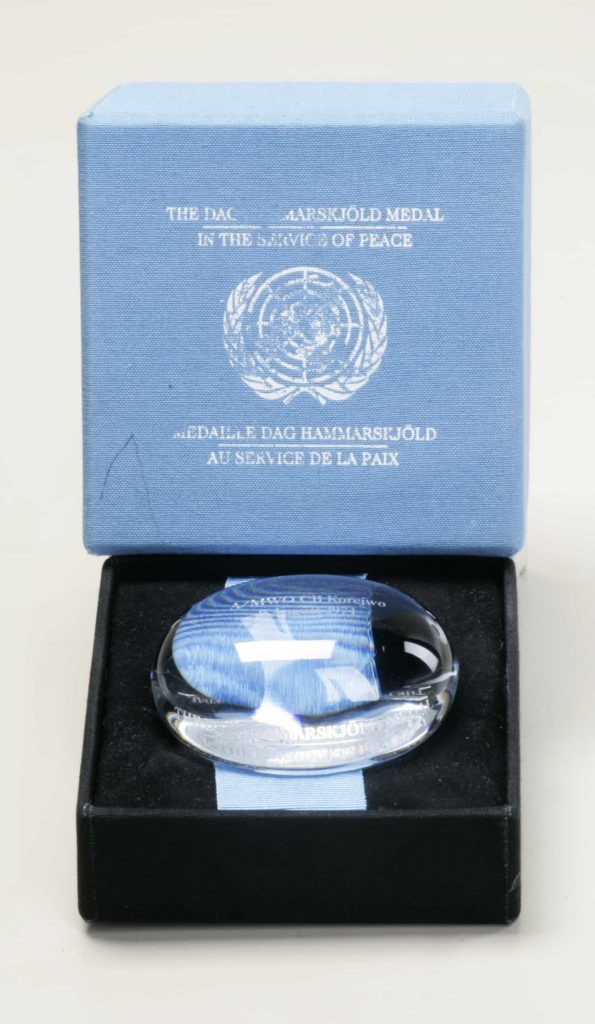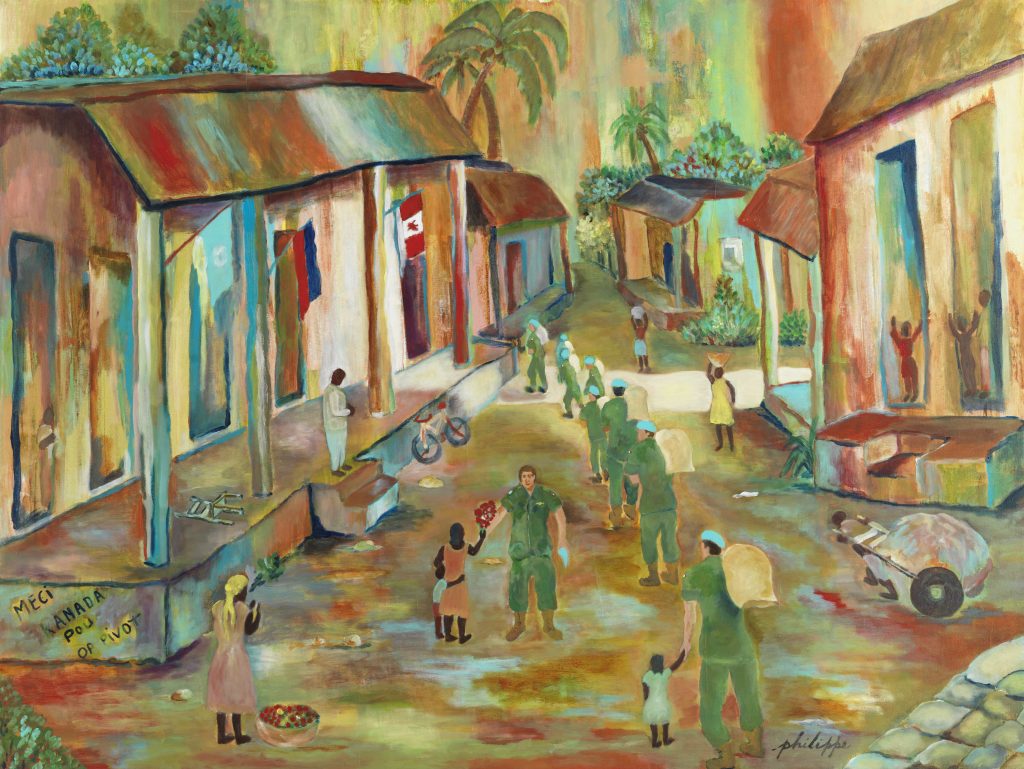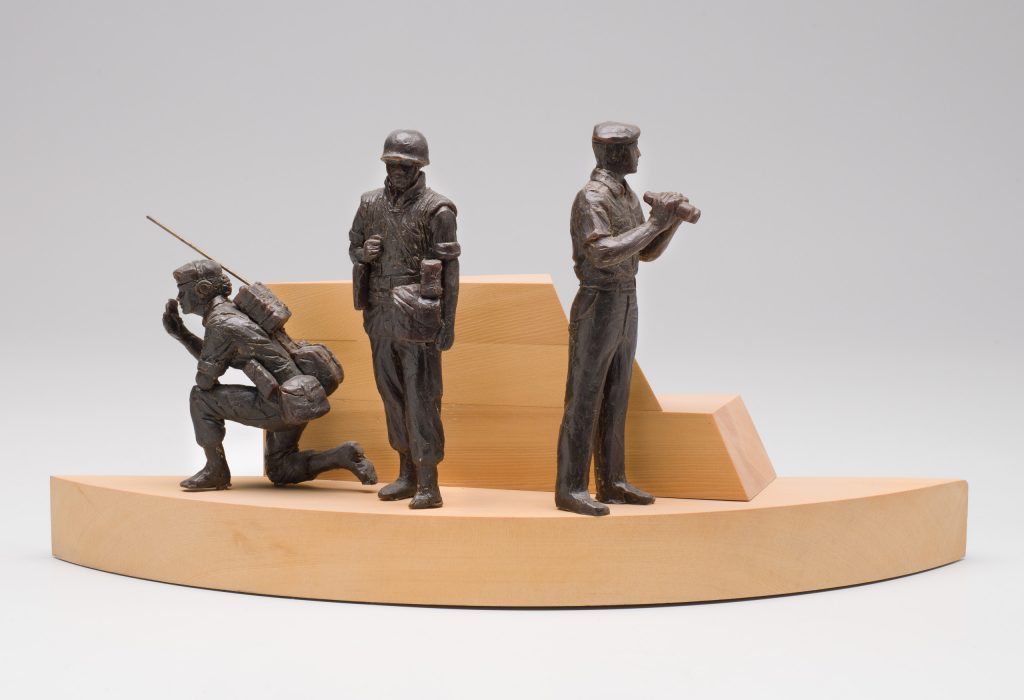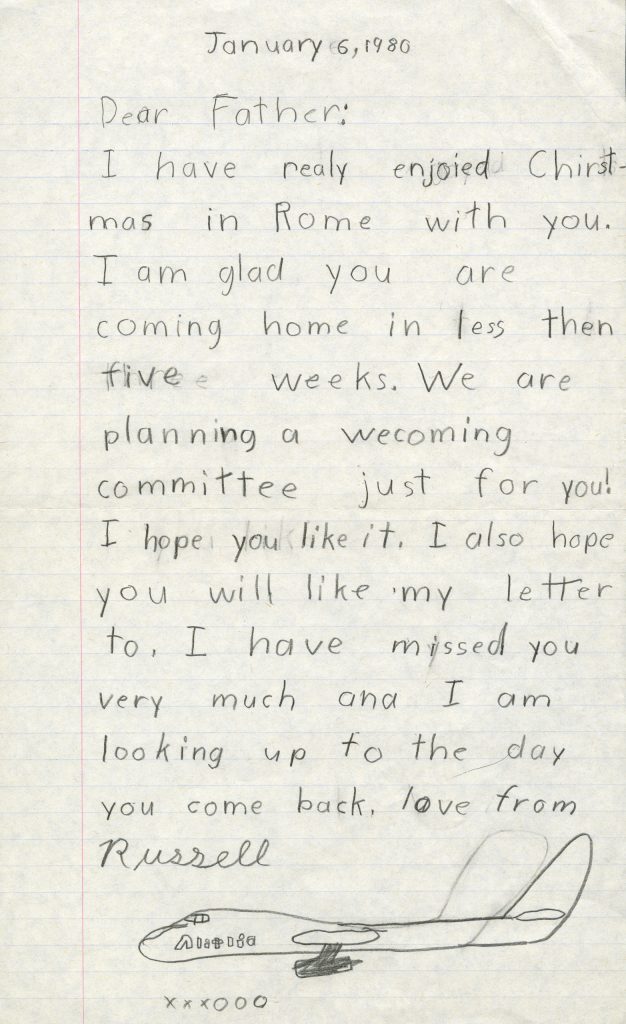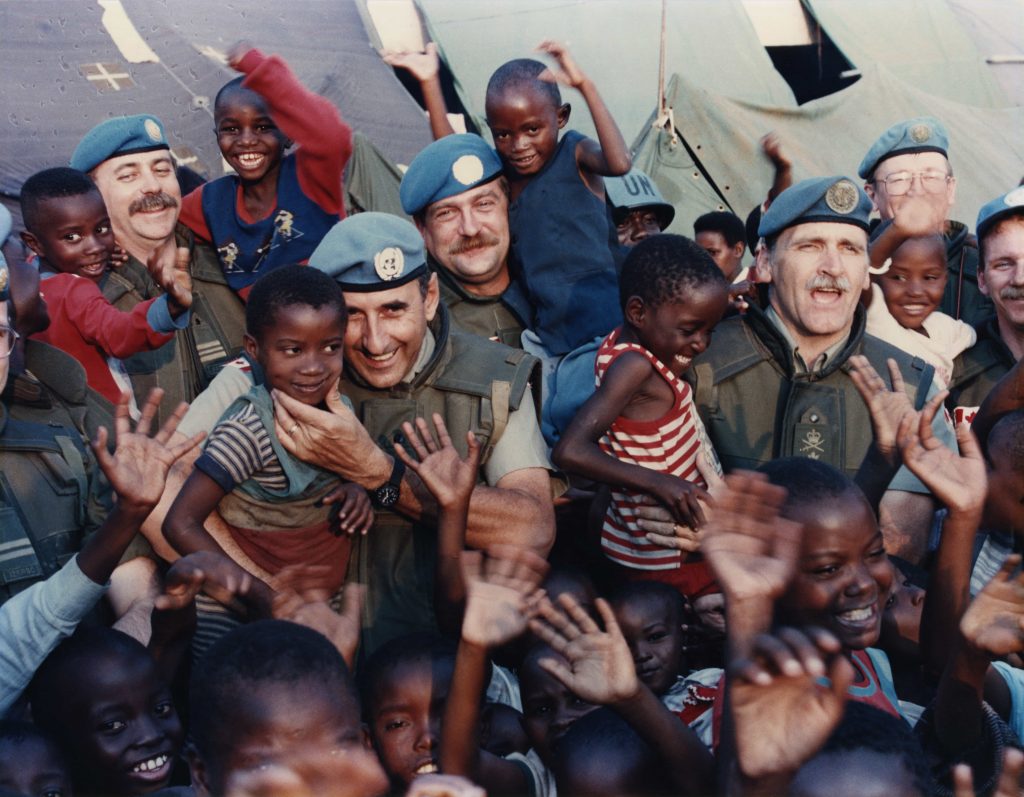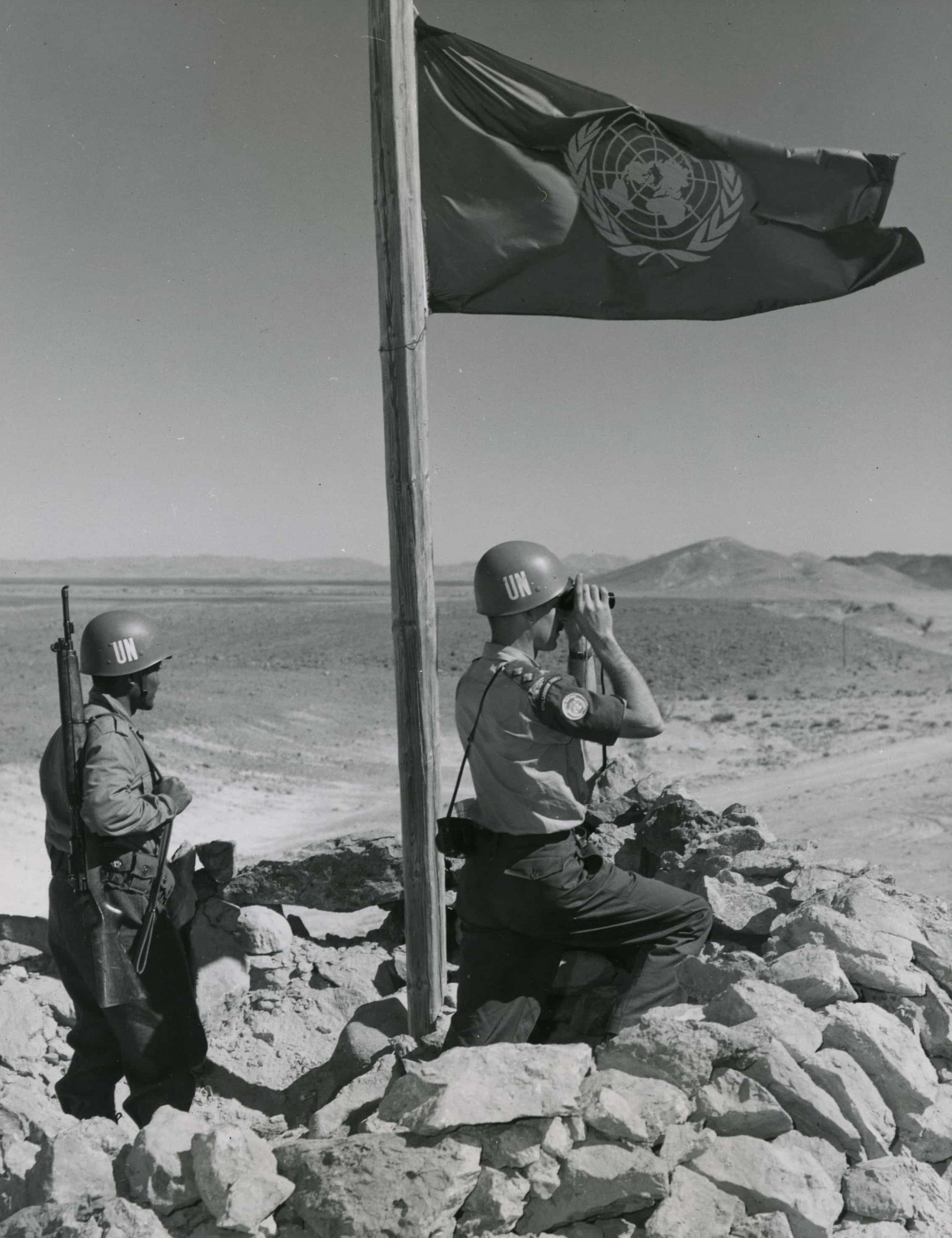
1948–Present
Historical Overview
The United Nations (UN) was founded in the aftermath of the Second World War to engage in constructive dialogue and hopefully avoid future wars. Starting in 1948, the UN asked its members to contribute service personnel to help stabilize conflict zones by enforcing ceasefires and preventing small conflicts from escalating.
The 1956 Suez Crisis
The 1956 Suez Crisis was the result of Britain, France, and Israel’s invasion of Egypt to regain control of the Suez Canal. Canadian Secretary of State Lester B. Pearson proposed at the United Nations that an armed, impartial peacekeeping force could be inserted between Israeli and Egyptian forces to enforce a ceasefire and stabilize the situation.
On 26 July 1956, Egypt nationalized the British and French-owned Suez Canal. The move infuriated Western countries, who relied on the Suez Canal to transport supplies, and especially oil. France, Britain and their regional ally Israel plotted a military response. The two opposing superpowers, the United States and the Soviet Union, were taken by surprise with the invasion of Egypt, and were almost drawn into the conflict. The Cold War threatened to erupt into violence.
After Pearson’s peacekeeping compromise, military personnel from 10 different countries, including Canada, began to arrive in the Middle East in mid-November 1956 as part of the first United Nations Emergency Force (UNEF). This impartial, international military presence ended the crisis and preserved peace in the region for 10 years.
Pearson won the 1957 Nobel Peace Prize for his role in creating UNEF and it set the precedent for future UN peacekeeping missions.
Other Peacekeeping Missions
Following Canada’s involvement in the Suez Crisis, many Canadians embraced peacekeeping as a potent symbol and a significant way for Canada to aid countries in conflict. Since then, Canada has been involved in operations around the world.
Over the decade that followed the Suez Crisis, Canada contributed forces to missions around the world. Some deployments were short term, others, like Cyprus, lasted decades.
By the late 1960s, the challenges of peacekeeping were revealed. Peacekeeping could place conflicts on pause but could not produce lasting peace unless the underlying conflict was resolved, leading to long and costly commitments, not without risk. In other conflicts, such as the wars in the former Yugoslavia (1992-1995, 1999), and during the genocide in Rwanda (1995), Canadian service members were confronted with no peace to keep and bore witness to atrocity and genocide.
While domestic and political support for United Nations peacekeeping has changed since the Cold War, the Canadian Armed Forces were among the most respected peacekeepers in the world. Between 1948 and 1988, Canada contributed roughly 10 per cent of the total UN peacekeeping forces.
In all, more than 125,000 Canadians have served in UN peace operations, and 130 Canadians have died during these operations.
Banner photo:
Two Canadian soldiers patrol the ceasefire line between Egyptian and Israeli forces, 1962.
Canada. Dept of National Defence / Library and Archives Canada / PA-122737
